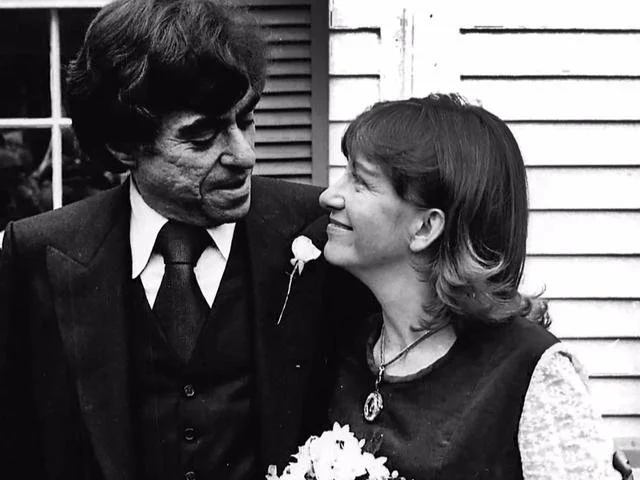We live in a material world
The last August weekend, the Library of Congress’ National Book Festival in Washington, DC had a session that felt particularly relevant to our country’s challenges with home and housing today. With her new memoir “An Unfinished Love Story”, Doris Kearns Goodwin talked about the sense of possibility and hope, and ultimately disappointment, that made up the 1960s.
In the 1960s, Eisenhower had just finished governing through prosperity and achievements like the interstate highway system becoming a major part of our lives. Though there was much work to do to make society more equitable, Kennedy stood for the promise of building on that, and then Johnson achieved big pieces of that program in his Great Society. Doris Goodwin’s husband Dick Goodwin, who had worked for Johnson, actually created the phrase “Great Society.”
When we think about more people being able to afford a home today, it seems like again there’s quite a bit of agreement across the political spectrum. We want to build more and more efficiently, while keeping costs in check and protecting our communities. There’s a real energy to do something and you’re seeing that from both major-party presidential campaigns. There’s a recognition of the combination of needed investment and needed constructive regulatory outcomes.
What will it take for us to deliver on that promise? And what is the underlying issue here: is it solely investment and those regulatory outcomes? To me, Doris Kearns Goodwin’s remarks suggest that whatever our ambitious material goals, we should also keep the attitude of belonging and the way we think of our fellow human forefront in mind.
As part of her talk, Goodwin was remembering what most mattered about her husband. With what seemed to be tears in her eyes, she spoke about his character. She also spoke the character of those presidents that she is famous for writing about. She said character was most important thing about her husband and she thought he had in common with these leaders. She admires a person who has the empathy and the values to bring people together to make the world a better place, even if that person isn’t perfection.
Making her point more more deeply personal, she spoke about her children, the eldest in technology successfully, the youngest a teacher, and the middle who served in the military and saw people from all walks of life come together in his unit in the Middle East and central Asia. Those people he served with, as she relates it, had very different political and ideological backgrounds, yet they found ways to talk with and work with each other. They had the character to see each other’s humanity. To Goodwin, the greatest societal threat, as identified by the presidents she’s profiled (and who she affectionately calls “my guys”) is when we start to “other” people who think differently than us.
Given how powerfully she still loves her husband and what he represented about the values she holds dear, I surmised the titular Unfinished Love Story was a reference to her still being in love with her husband. They’d been in the same political world for years working in the 60s, he for Kennedy and Eugene McCarthy and Johnson, she as a student and working later for Johnson, but they had not met, far pre-social media. She met him only at almost 30 and said she fell in love after a few hours of conversation the night they met. For the rest of his life and their 40 years of marriage he told her that before that night he had been looking for her all his life.
But though her beloved husband figures centrally in the memoir, her book is more about her love affair with America and its possibility. Doris Kearns Goodwin knows how fortunate she was to be in her 20s witnessing the 60s when our country wrestled with and did many great things and also terrible things. The experience of the hope of the 1960s in her 20s as a woman who believed that we could do better by each other, with all our different backgrounds, fears, and hopes, was perhaps a moment that approached the transcendent and/or love.
Our country as a more loved home is about more housing, financing that works, policy that helps and not hurts, and better communities. Most of us spend our hours working and thinking in those worlds. But perhaps it is the love part of the loved home on which I myself might try to emphasize a bit more. Love for the many wonderful opportunities and for our fellow humans. Yes, Doris Kearns Goodwin comes from great privilege. All the same, the beautiful sentiments in her book and in her talk are like a reminder from a friend: though the material world is important, it does not begin to be everything.
Doris Kearns Goodwin and Dick Goodwin.
